Alright – so today we’ve got the honor of introducing you to Krunal Patel. We think you’ll enjoy our conversation, we’ve shared it below.
Alright, Krunal thanks for taking the time to share your stories and insights with us today. Are you happier as a creative? Do you sometimes think about what it would be like to just have a regular job? Can you talk to us about how you think through these emotions?
The thought crosses my mind now and then, especially when I’m knee-deep in a challenging project. I remember one particular night vividly—it was around 2 a.m., and I was in the studio, surrounded by sketches, material swatches, and my laptop glowing in the corner. I was trying to piece together a concept for my corporate interior project. I was exhausted, my coffee had gone cold, and I thought, Wouldn’t it be easier to have a job where I could clock out at 5 and leave my work behind?
But then, I caught myself. The thought of a “regular job” felt so… gray. Being an artist and a designer isn’t just about work—it’s about who I am. It’s about waking up with ideas that demand to be realized, about finding inspiration in a crumpled leaf or the curve of a shadow on a wall. Yes, it’s unpredictable, and yes, it can be exhausting, but it’s also thrilling and deeply fulfilling.
That night, I took a break, stared at the piece I was working on, and something clicked. I realized the project wasn’t just about designing a space or creating art—it was about telling a story, evoking emotion, and connecting people with an experience. That’s the magic of this creative life I’ve chosen.
Sure, there are times I wonder what it would be like to have a job where the lines between personal time and work are clearer, where there’s less ambiguity or pressure. But then I remember that I thrive on that ambiguity. It’s where the most meaningful ideas are born, where I get to be both an artist and a designer, bringing emotion and functionality together.
So, while I might dream about a “regular job” during those tough moments, I always come back to the same conclusion: I wouldn’t trade this life for anything. It’s messy, unpredictable, and challenging—but it’s mine, and it’s where I feel alive.

Awesome – so before we get into the rest of our questions, can you briefly introduce yourself to our readers.
About Me, My Creative Works, and Inspirations:
I come from a family of artists—my father is a renowned portrait artist whose work has inspired many, including me. Growing up, art was everywhere, from the smell of paint to the quiet hum of creativity in my father’s studio. It taught me the power of capturing emotions and telling stories visually. But as much as I admired my father’s craft, I felt drawn to something different—what I call “intentional art.”
I wanted to create art that didn’t just hang on walls but shaped the spaces we live, work, and gather in. This passion led me to pursue interior architecture, where I could merge my artistic roots with a desire to craft purposeful environments. Today, I’m a senior interior designer at Tesla and a freelance artist, blending form and function to create spaces and experiences that resonate deeply with those who use them.
What Sets Me Apart:
My multidisciplinary approach is a reflection of my journey. I don’t see art and design as separate practices—they are interconnected, and I approach each project with that philosophy. My designs often incorporate artistic elements, and my artwork is influenced by spatial context. This dual lens allows me to create holistic environments that are not only visually compelling but also deeply functional and intentional.
Currently, residing in northern Nevada, so I draw inspiration from the landscapes and culture around me, particularly Reno and Tahoe. The calm of the lake, the rugged energy of rodeo cowboys, and the spirit of climbers scaling the wild terrains—it all finds its way into my work. These influences help me craft designs and art that feel grounded and authentic.
Problems I Solve:
For my clients, I solve the challenge of turning abstract visions into tangible realities. Whether it’s designing a workplace that fosters collaboration or creating a mural that tells a story, I bridge the gap between creative expression and practical needs. I also help clients push beyond conventional ideas, offering perspectives that transform their spaces into something truly unique and meaningful.
What I’m Most Proud Of:
The projects I got to be part of and the people I work with. I’m proud of my ability to honor both my artistic heritage and my own path. Each project I take on is a chance to carry forward the storytelling tradition. Seeing how my work impacts people—whether it’s a more inspiring office or retail environment or a piece of art that sparks a conversation—is incredibly fulfilling.
What I Want People to Know:
At its core, my work is about creating intentional experiences. I believe that art and design have the power to shape how we feel, interact, and connect with the world. My mission is to merge creativity with purpose, crafting spaces and artworks that leave a lasting impact.
For me, creativity is more than making something beautiful—it’s about making something meaningful and transformative.
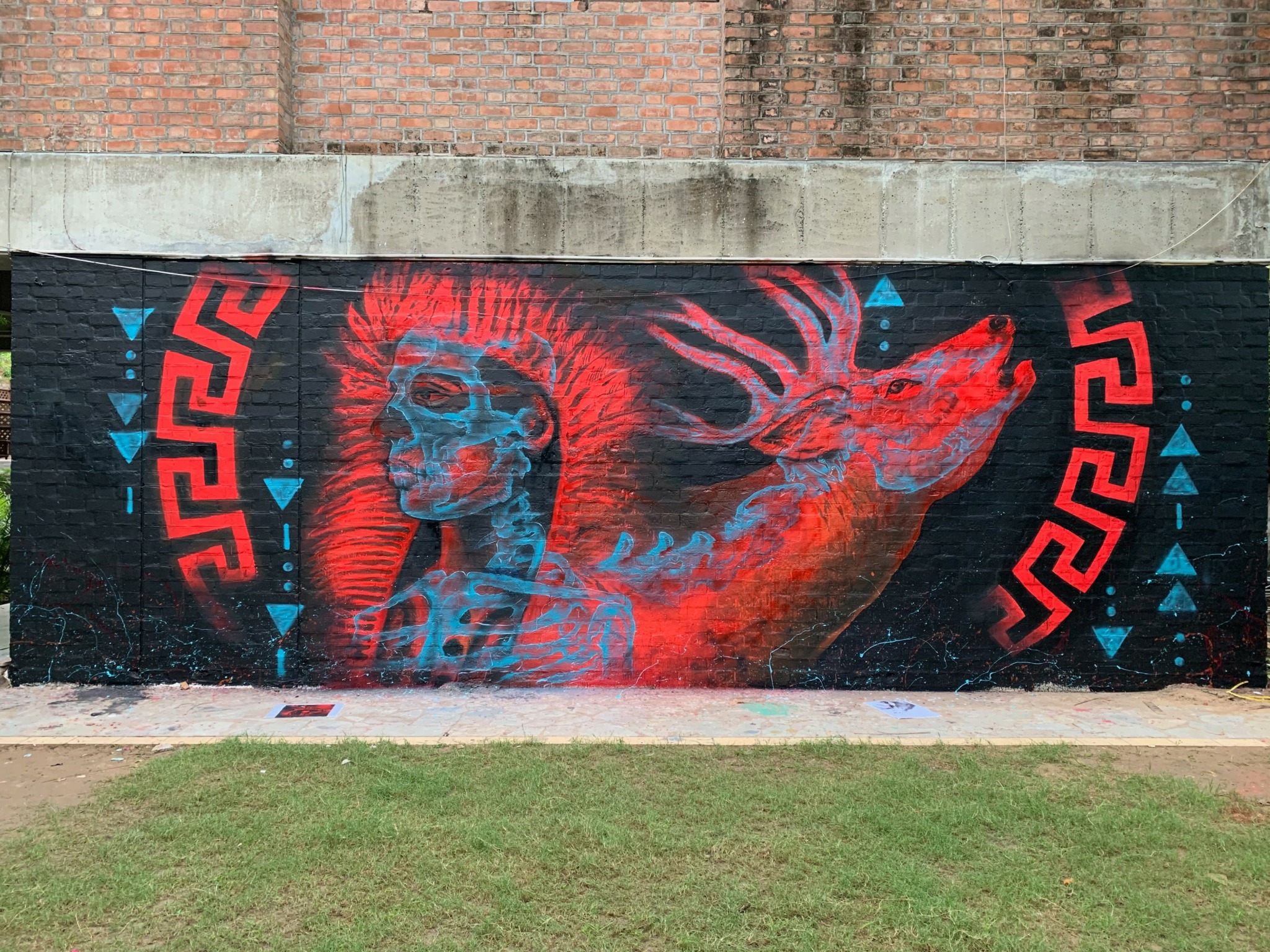
Let’s talk about resilience next – do you have a story you can share with us?
A defining moment in my journey was transitioning from being an artist to a designer while adapting in a new country. Moving to the U.S. meant not only understanding a different culture and set of rules but also learning an entirely new design style and system. Early on, I worked on a high-stakes workplace design projects that tested my ability to balance creative instincts with technicality. There were moments of doubt when I questioned if I could navigate these challenges, but I reminded myself of my purpose: to create intentional art and spaces that inspire. Embracing curiosity and resilience, I persevered, and the project’s success became a milestone in my career, proving the strength that comes from adapting and pushing boundaries.

What can society do to ensure an environment that’s helpful to artists and creatives?
I’m going to paraphrase my dad here: “we need to celebrate artists while they’re still alive”. Society can best support artists and creatives by recognizing the value of their work and creating platforms that nurture their growth. This includes funding arts programs, providing affordable spaces for artists to work and exhibit, and integrating creativity into education from early on! Or simply share your friends’ work on social media, visit their art exhibitions, and show your support and enthusiasm—this is what every creative truly craves!
At a high level, a thriving creative ecosystem relies on collaboration between industries, governments, and communities to ensure artists have the resources, opportunities, and visibility needed to sustain their craft. Celebrating creativity as essential, not optional, can empower more artists to contribute meaningfully to society. There’s an artist in everyone; we just need to provide the right environment for them to grow!
Contact Info:
- Instagram: https://www.instagram.com/krunal1kd/
- Linkedin: https://www.linkedin.com/in/krunal-patel-design/
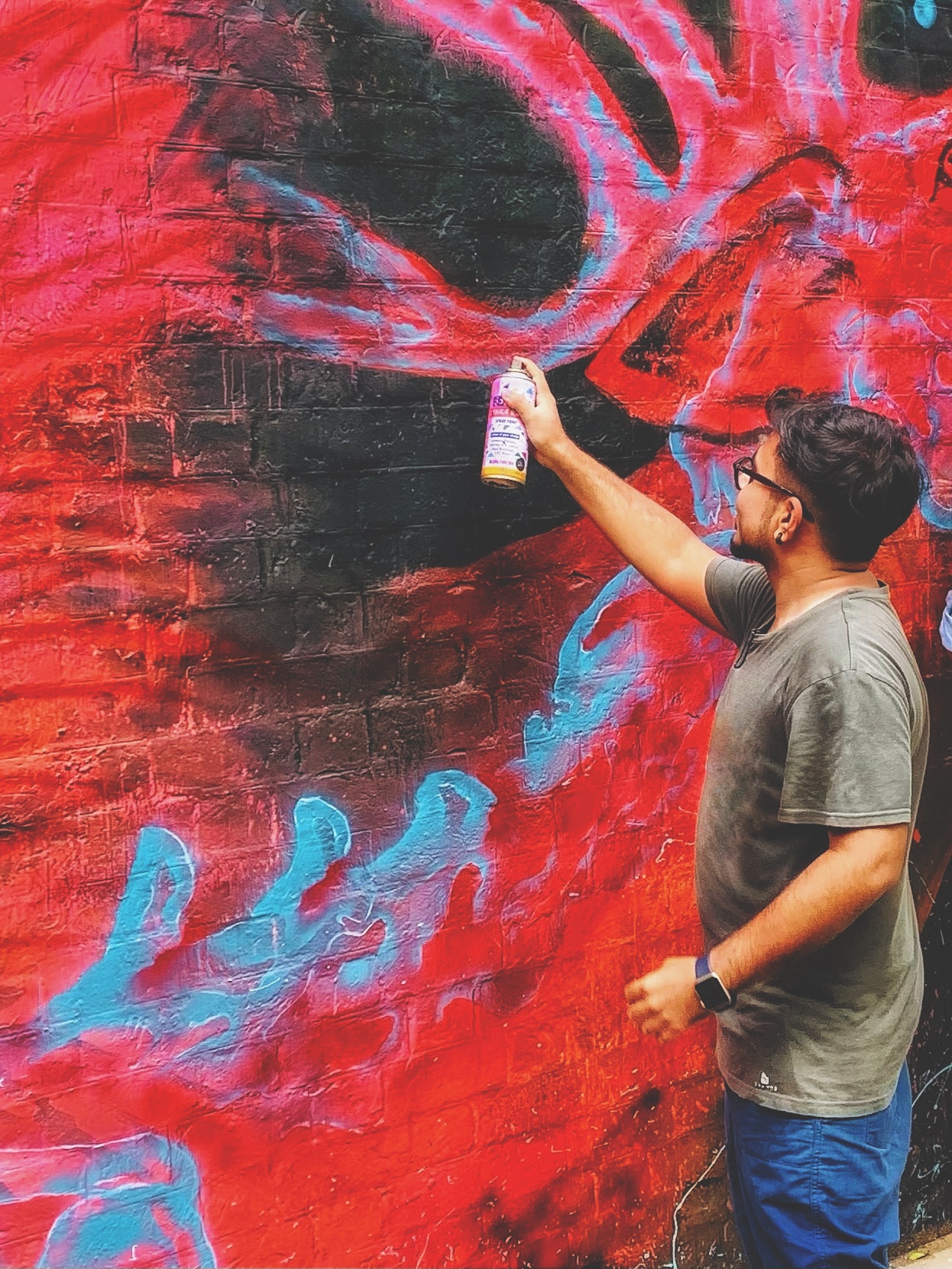
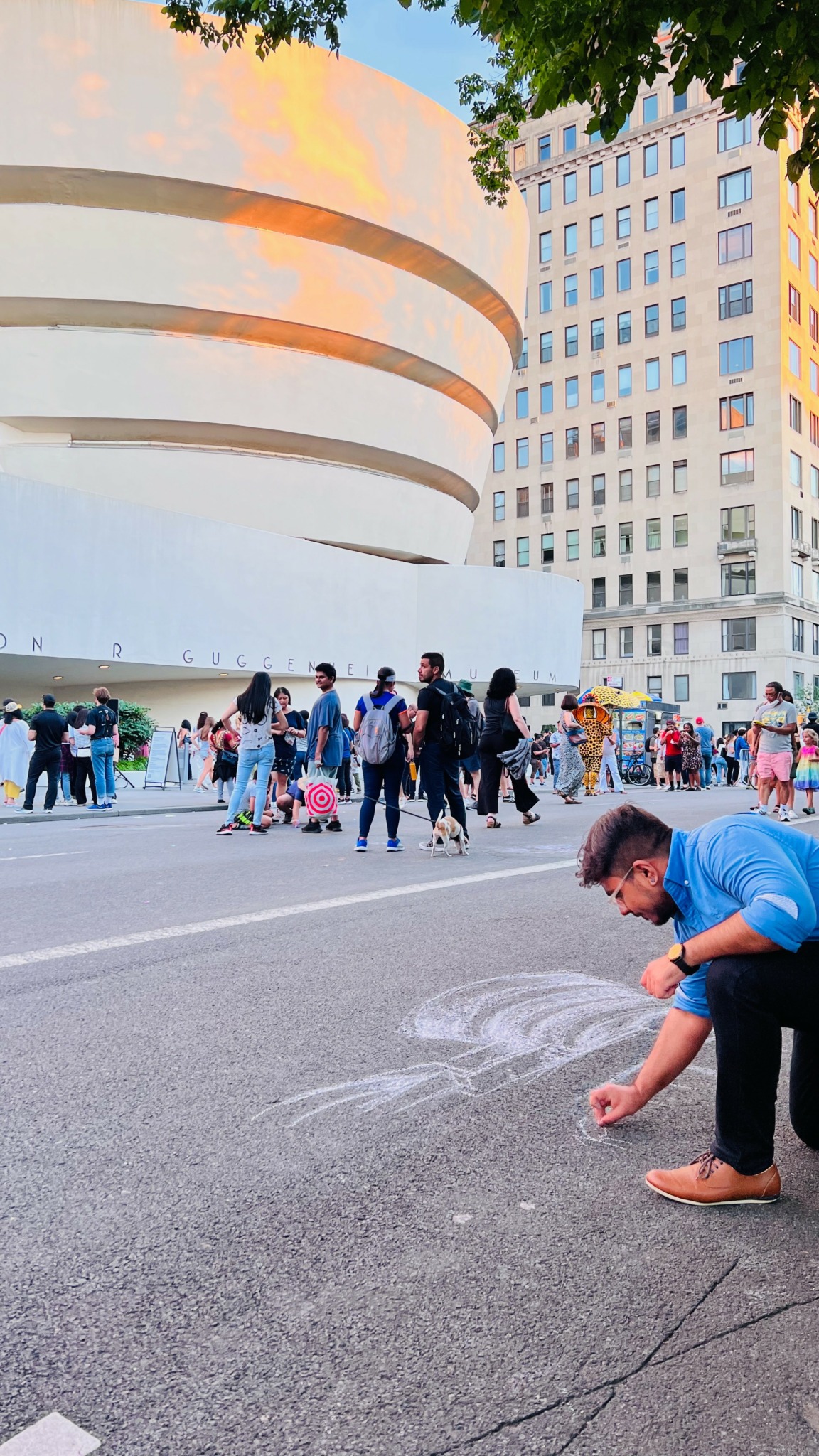

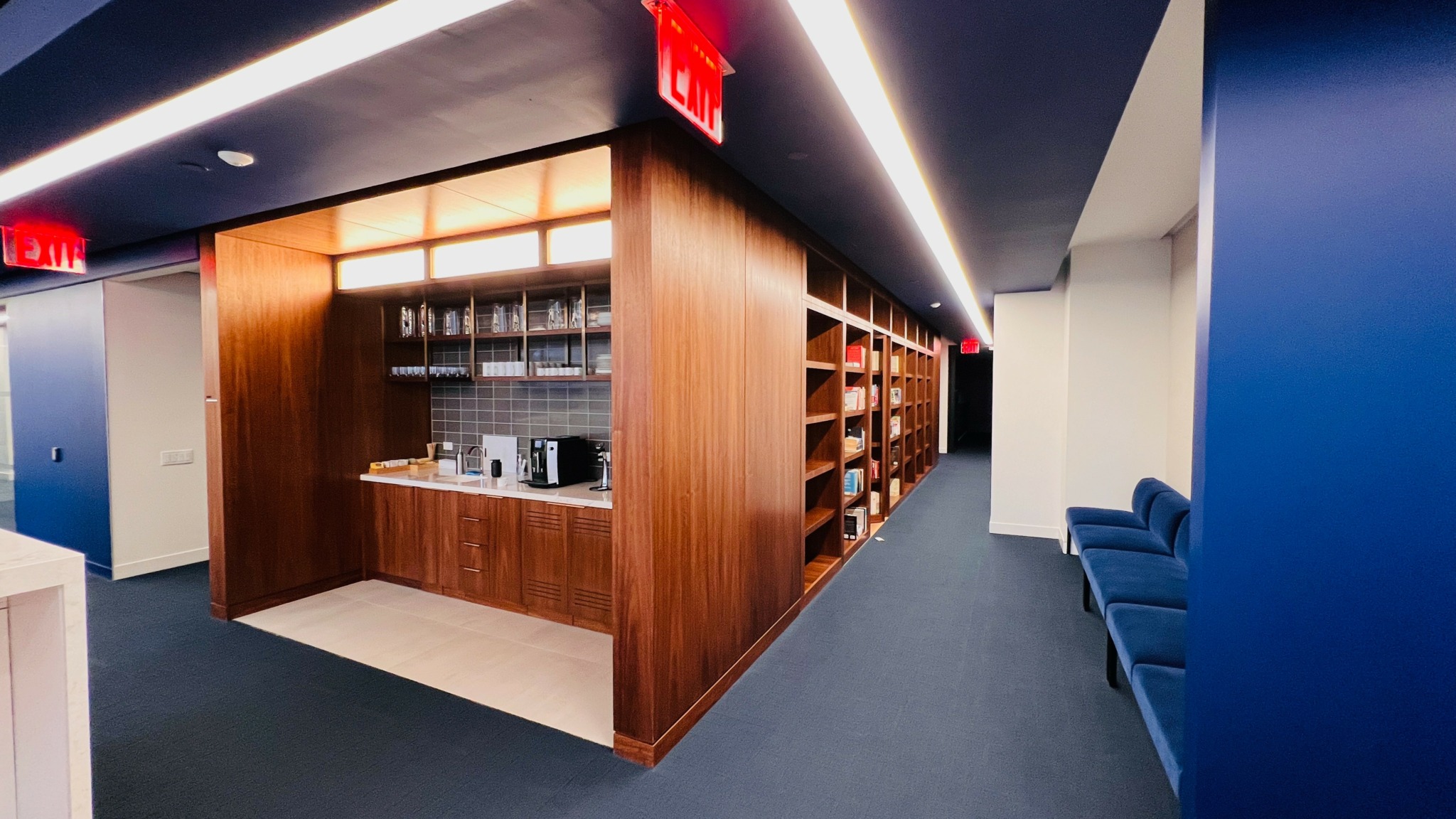
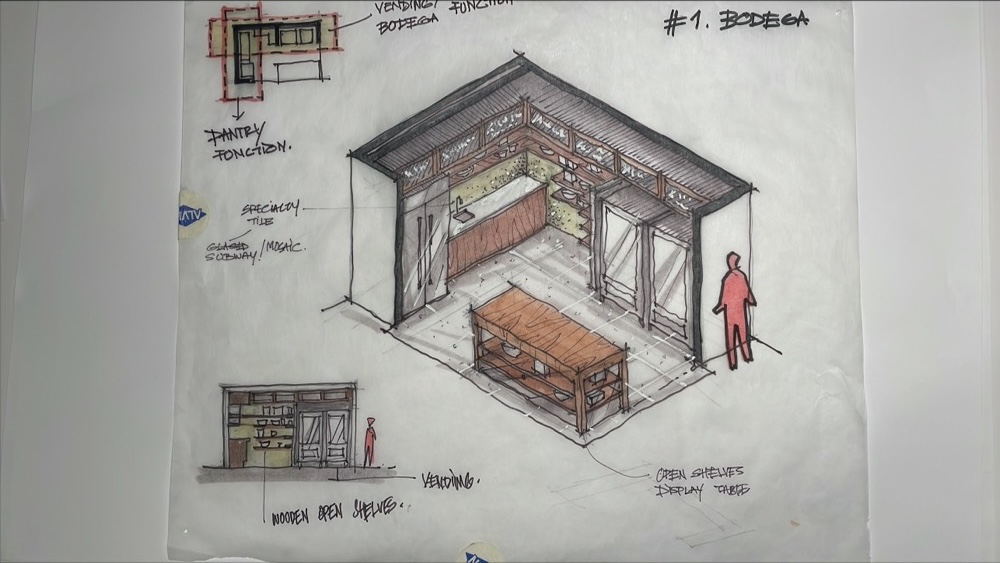
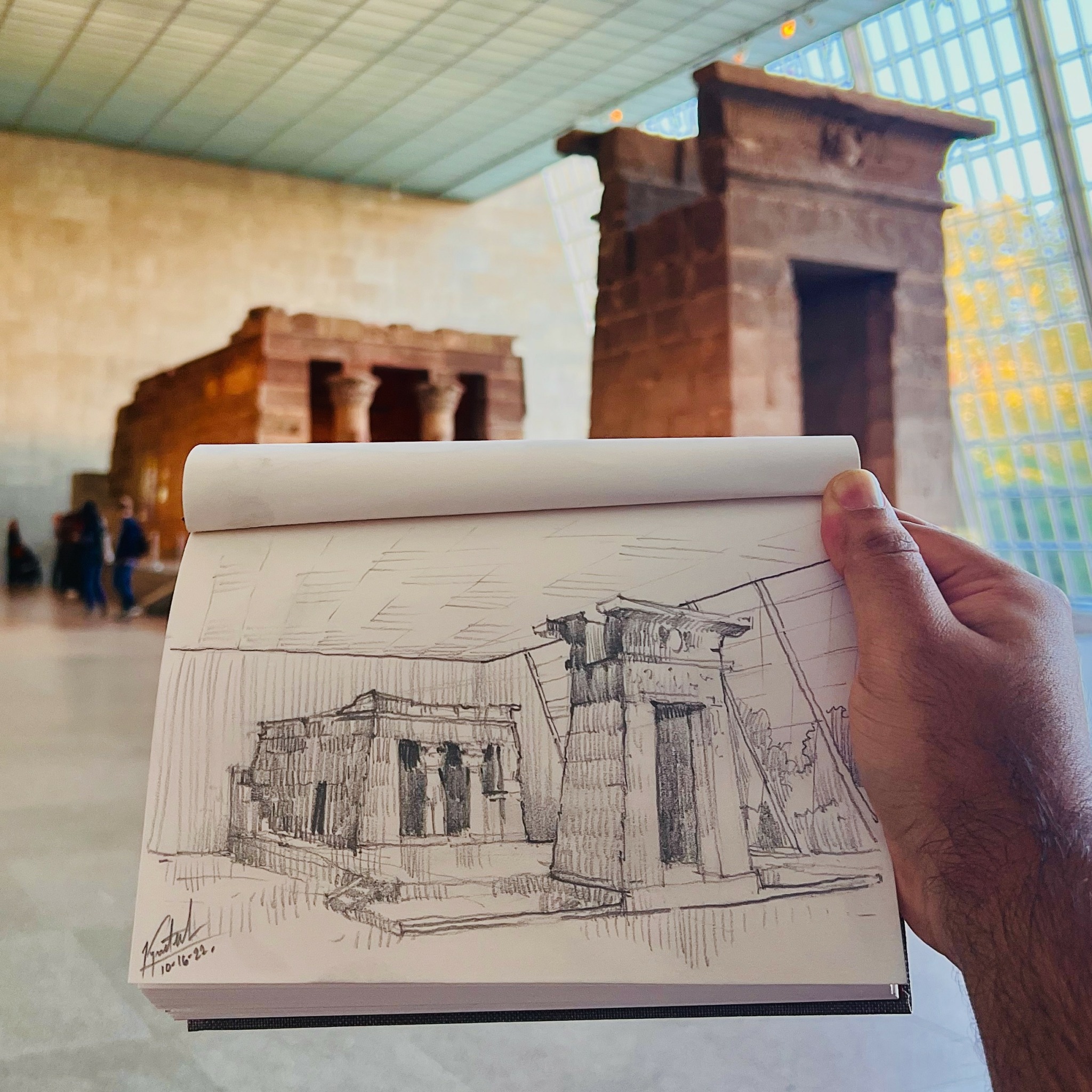
Image Credits
1. Portrait of Krunal Patel
2. Cyber Ram: Mural done at Tesla Giga Factory, Nevada.
3. Change Now: Anaglyph mural done at CEPT, India.
4. Big horn sheep: Acrylic on wooden panel
5. Change now: in-progress BTS shot.
6. Sketching The Guggenheim Museum at summer street, New York City.
7. Newsstand : Concept sketch of corporate interior space. (confidential client, NYC)
8. Newsstand: Photograph of the finished interiors. (confidential client, NYC)
9. Bodega: Concept sketch of corporate interior space. (confidential client, NYC)
10. Pencil sketch: Temple of Dendur at The MET Museum.


